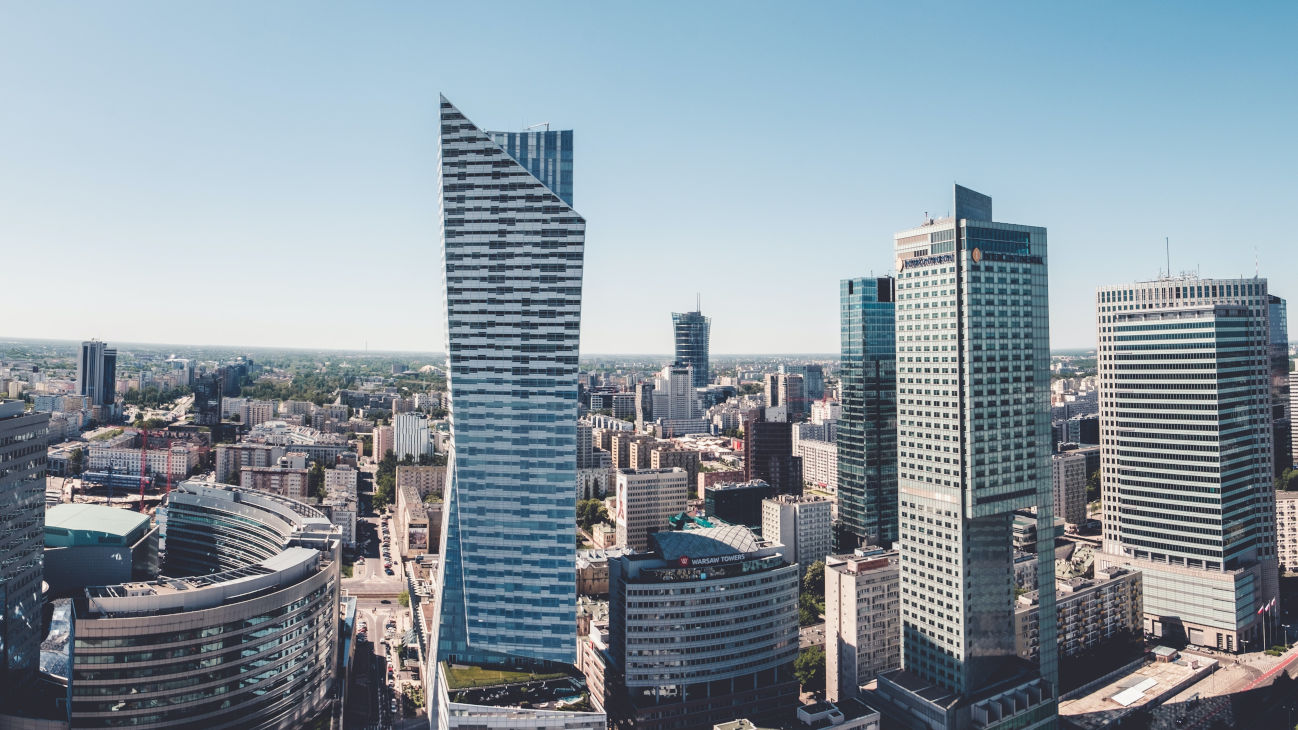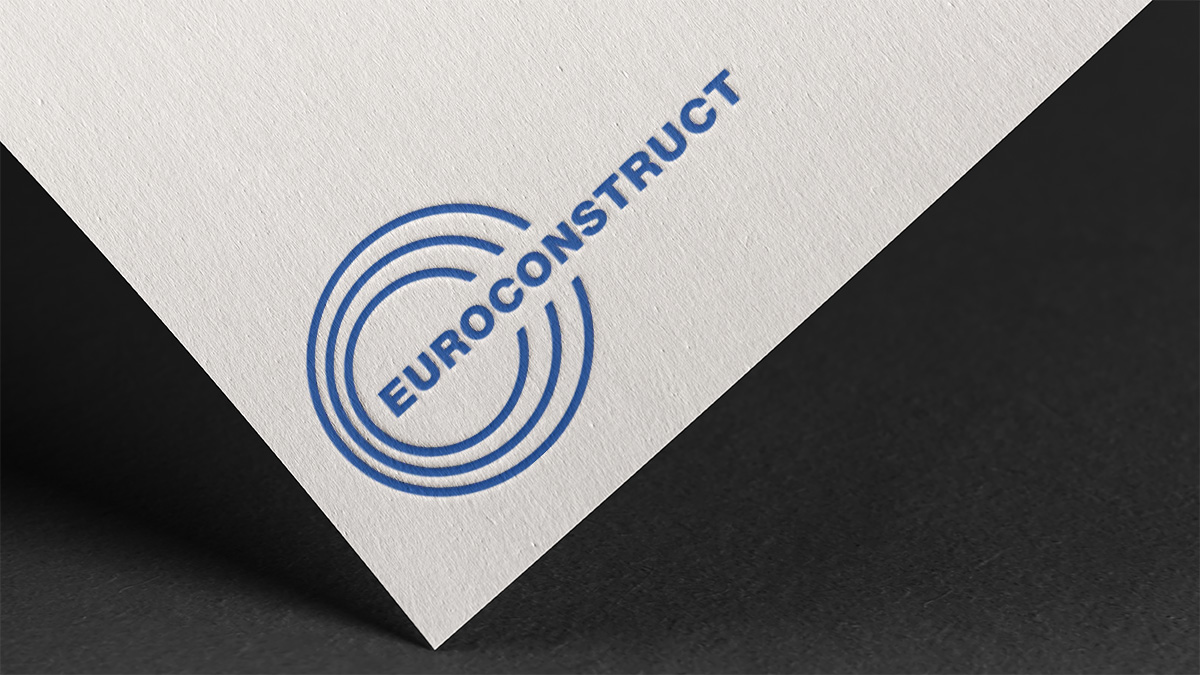
After declines in non-residential construction in 2020 and 2021, the PAB-PCR&F Institute forecasts growth of over 3.0% annually in 2022-2024. Public non-residential construction is being boosted by the government’s New Deal programme, which supports municipal investment and private investors who are readily returning to CEE markets after the pandemic crisis. This is an important sign for non-residential construction in Poland, which accounts for more than half of the market in the region. However, the threat to the development of this construction segment is the same as for the industry as a whole. Rising construction costs are visible across the continent, but the Polish construction industry is additionally extremely vulnerable to the crisis caused by the war in Ukraine, which is related to the very high number of construction workers from that country. In addition, inflation in Poland is significantly higher than on EU-average.
Investor interest returned to the Polish investment market, despite the COVID-19 pandemic in 2021, which negatively impacted business activities due to closures and travel restrictions. In 2021 the value of transactions in the CEE-4 market reached EUR 23 billion, an increase by 1.9% compared to 2020 (EUR 22.5 billion). Poland maintained its dominant position in the CEE region with a record-high market share of 55% well above of Czechia (16%) and Hungary (20%).
The office sector was revived in a new form. Despite the popularisation of the home office and the hybrid work system, the situation in the office sector is stable. However, the way space is used is changing. Tenants decide to renew their contracts and change the layout of the space to suit the needs of employees in the new market environment. Some companies downsize the space and maximise its use. There is an increasing trend towards co-working spaces as companies create more space for joint work, integration and meetings. It is expected that there will be a supply gap in the next two years, as a small number of projects are currently under construction.
Adapting to the new conditions proved difficult for the hotel and retail sectors. In turn, in the warehouse market, the reallocation of sales and deliveries has become a springboard for records.
Rising construction costs, in connection with high inflation and rising interest rates, are not a good environment for investors to become active. Prices of building materials, services, land and wages are also rising. We can expect this trend will continue until the end of 2022.
It is estimated that the cost of delivering an office building to the market has risen by over 30% since the start of the pandemic.
The pandemic has accelerated the development of the warehouse property market. A record amount of space is under construction throughout Poland. Histo¬rically very high demand is followed by an equally very high supply.
This tendency will also be visible in 2022 due to the further development of e-commerce and nearshoring, locating production closer to the outlet zone and striving to shorten the supply chain.
Developers are also noticing great interest in last-mile logistics facilities located close to large urban agglomerations and they will implement such projects more likely. These facilities are popular among distributors and courier companies, which is associated with the boom in the e-commerce sector.
The efficiency of buildings, their emissivity and the comfort they offer their users, which is confirmed by certificates, have become an important issue for investors. The environmental aspect is just as important as the financial gain in projects in the face of climate change and, within the framework of EU directives, influences business decisions to a large extent. Sustainable investments achieve higher market valuations and are better rated by financial institutions.
There is a desire to reduce operating costs and minimise the impact on the environment by using energy-saving solutions.
“Buildings for industry and logistics, but also for services and commerce as well as for others take up more than 80% of the newly completed floor space in Poland 2021.”
ABOUT THE AUTHOR
Mariusz Sochacki
PAB-PCR&F Institute, Poland
Mariusz Sochacki is recognized as a prominent figure within the European construction industry, having founded the Polish Construction Research and Forecasting Institute (PCR&F-PAB), the inaugural private construction research institute in Poland. With an extensive career spanning 35 years in construction science and research, Sochacki has authored over 400 works. These include a diverse range of contributions, from expert opinions for legal proceedings to presentations at national and international conferences. His body of work also encompasses reports, analyses, and expert assessments conducted for both national entities such as the Polish Parliament and Senate, and international institutions like the World Bank and various branches of the European Commission.
The total usable floor area of new and extended non-residential buildings amounted to 14.1 million m2, implying a decline of 8.4% compared to 2020. Newly completed area in industrial and warehouse buildings predominated with a share of 46.5% of total non-residential construction floor space. Other non-residential buildings (20.2%) and commercial and service buildings (13.4%) likewise showed also significant shares.
Publicly accessible buildings (like for culture, education, health) took a share of 7.0%. An increase in the space was recorded for transport and communication buildings with a share of 6.9%.
The turnover in Poland reached a volume of EUR 6.3bn (including the financing of the private rental sector). This indicates a 20% increase compared to 2020 with a volume of EUR 5.3bn at that time. The year 2021 ended with the third-best investment result in history, despite the prevailing COVID-19 pandemic. PAB-PCR&F found that almost half of the investments went to the warehouse area and another 25% to the office area – mainly in Warsaw. On the other hand, when it comes to office property prices, it is evident that they have returned to pre-pandemic levels, in some cases setting new benchmarks. Capitalization rates in the logistics and industrial sector have fallen to new lows throughout the year, amid record market turnovers. In terms of the origin of the invested capital, 50% came from Western European investors – from Germany, Sweden, France, and Austria – and 14% from the USA and Canada. Central European capital was available for Polish real estate in the amount of EUR 0.5 billion, which corresponds to a market share of about 8% – a similar level to capital from the Far East.
In 2022 and the following years, PAB-PCR&F Institute forecasts a rebound in non-residential construction activity. After declines in 2020 and 2021, we predict that the value of new non-residential construction in the medium term 2022-2024 will grow on average by 3.0%-3.7% annually.
In addition, the dynamics of investments, especially in the public sector, will be boosted by the inflow of funds under the support of the “New Deal” program and the implementation of many investment projects by local governments.
On the other hand, the prospects for domestic investment are negatively affected by the military aggression of Russia against Ukraine. This leads to increased uncertainty, a rise in commodity prices, and a sharp increase in material and construction product prices. Moreover, a shortage of construction workers and a significant increase in hourly labour costs. As a result, overall construction costs are also rising, partly due to the increase in energy and fuel prices.
93rd EUROCONSTRUCT Conference, 9-10 June 2022
The 93rd Euroconstruct conference was held in Warsaw on June 9-10. On the second conference day, the latest data, and forecasts for the construction industry of 19 countries related to the network were presented in the Varso Place building. Much emphasis was put on the impact of high inflation and rising costs of economic activity in the construction industry. In addition to the macroeconomic outlook, construction forecast towards 2024 and the three sectoral presentations for residential, non-residential and civil engineering markets, four additional special topics were presented:
- Economic impact of war in Ukraine
- Impact of the NextGenerationEU program on European construction,
- Post-pandemic potential of residential and non-residential markets,
- The effects of the European environmental policy on construction.
ABOUT THE AUTHOR
Mariusz Sochacki
PAB-PCR&F Institute, Poland
Mariusz Sochacki is recognized as a prominent figure within the European construction industry, having founded the Polish Construction Research and Forecasting Institute (PCR&F-PAB), the inaugural private construction research institute in Poland. With an extensive career spanning 35 years in construction science and research, Sochacki has authored over 400 works. These include a diverse range of contributions, from expert opinions for legal proceedings to presentations at national and international conferences. His body of work also encompasses reports, analyses, and expert assessments conducted for both national entities such as the Polish Parliament and Senate, and international institutions like the World Bank and various branches of the European Commission.
